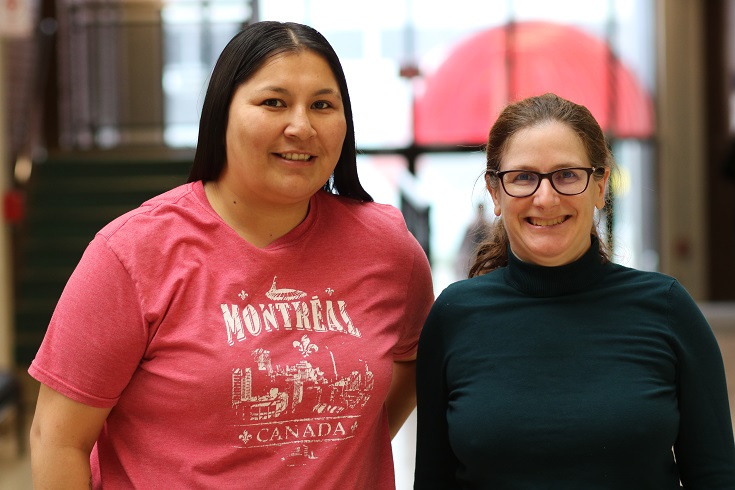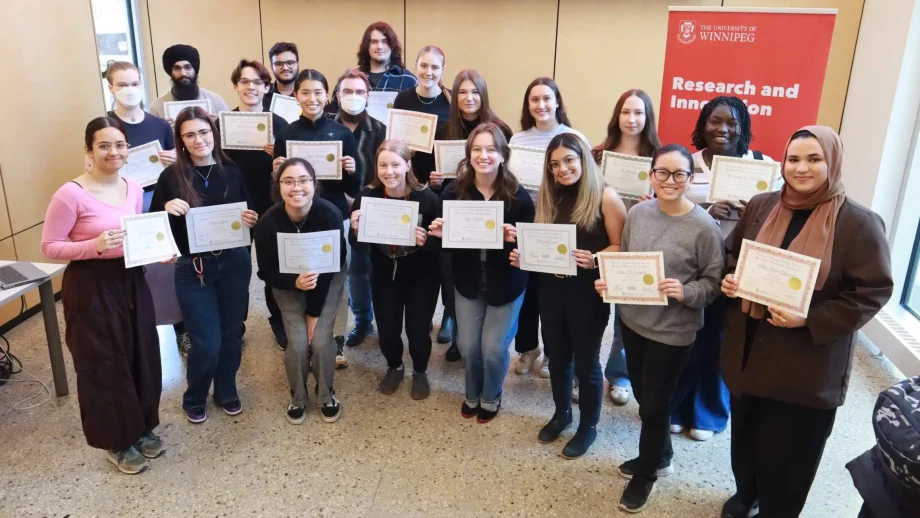Dr. Melanie Martin is working with Cubresa Inc. to improve brain imaging by combining position emission tomography (PET) and magnetic resonance imaging (MRI). This research has the potential to change the way neurodegenerative diseases are diagnosed.
Martin, a physics professor at The University of Winnipeg and director of the Magnetic Resonance Microscopy Centre, said by simultaneously combining the two, it creates a unique and highly accurate image showing both function (PET) and structure (MRI).
“Right now MRI only looks at the anatomy, so we can look and see where a tumor is and what’s going on, but not at the function,” Martin explained. “However, with PET, it’s all about the function, but there’s no anatomy behind it.”
The first project she worked on with Cubresa was with NuPET, which is a PET scanner that inserts into existing MRI instruments, allowing for simultaneous PET/MRI imaging.
However, the “big project” Martin is working on now with Cubresa is the BrainPET, which is specifically designed for human brain imaging. Cubresa says this new tool will offer “improved imaging for neurodegenerative diseases,” such as Parkinson’s, Alzheimer’s, Huntington’s, and Creutzfeldt-Jakob’s diseases.
“What we need is Alzheimer’s disease being diagnosed just as the damage is starting to happen, so we can get treatments started early,” she said. “That’s where BrainPET comes in.”
In addition to providing an earlier diagnosis, the BrainPET is also being designed as a tool for therapy monitoring. It’s envisioned that in addition to nondegenerative diseases being detected earlier, the BrainPET will also help monitor the therapy provided to patients, making it a game changer in the neuroimaging space.
Martin’s research work with Cubresa has also included the help of UWinnipeg postdoctoral fellows, graduate students, and undergraduate students. One of those students — Melissa Anderson — is finishing the final year of her Bachelor of Science (honours) in physics.
“Last year, I was looking for another field (to work in) and Melanie asked if I’d be interested in her research,” she explained. “I’m also applying to do my master’s in biomedical engineering with her.”
Anderson, who has won several research awards from Natural Sciences and Engineering Research Council of Canada, started working in the physics department during her second year of studies, and recently taught a class in UWinnipeg’s new Pathways to Graduate Studies program this past summer.
The BrainPET system is due to be tested in 2020, and provide the first human images. This will be an exciting milestone for the project, and for those institutions who are keen to start using the system for research purposes.





